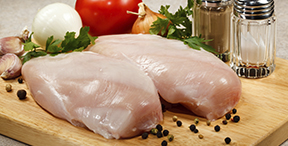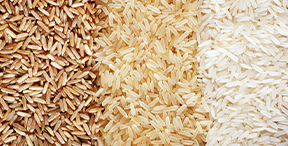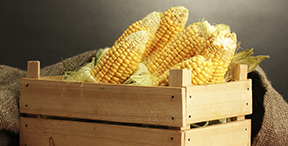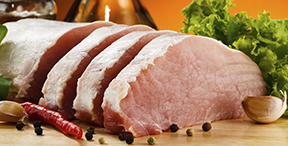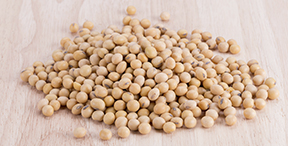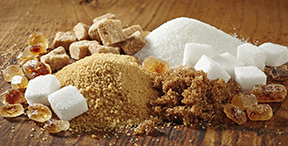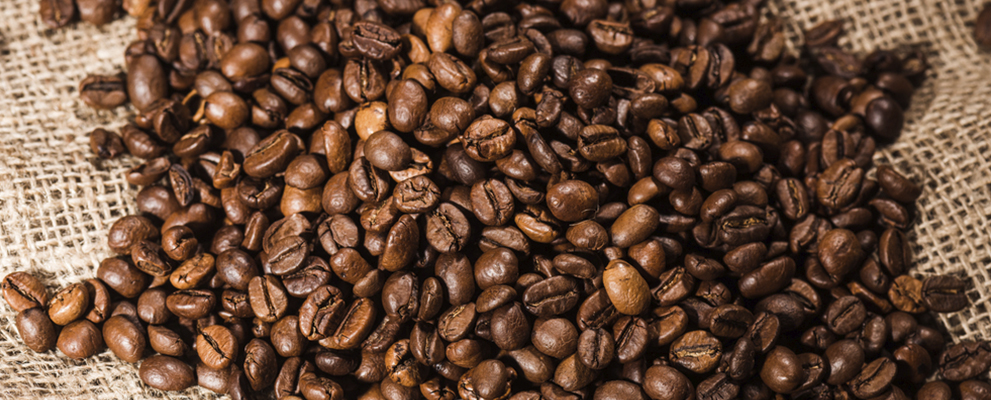
Brazilian Coffee Exports
Brazilian Coffee - Cecafé (Council of Coffee Exporters of Brazil) reported that exports in the last crop year totaled 32.91 million bags, with exchange revenues of US $ 5.6 billion, which increased 5% over the previous period. Arabica coffee was a highlight in the balance and maintained the good result of previous years, accounting for more than 28.9 million bags exported, while the robusta had only 277.52 thousand bags shipped.
"We have reached almost 33 million bags, a number that shows the influence of climatic factors in the last two years, especially in the production of conilon coffees," Cecafé president Nelson Carvalhaes said in a statement. "If we add this volume to about 20 million bags for domestic consumption, we have a total of 53 million bags of Brazilian coffee, equivalent to a third of total world consumption. At this moment, our attention turns to the entrance of the harvest 2017/18, which should restore normal Brazilian performance, especially over the next six months," adds Carvalhaes.
Conab (National Supply Company) estimated in 2016 coffee harvest in Brazil in 51.37 million bags, 43.38 million bags of arabica and 7.98 million conilon.In the 2016/17 crop year, the United States maintained the leadership of Brazilian coffee consumption with 6.43 million bags, corresponding to 19.5% of the total. Following, Germany appears with 5.88 million bags, being 17.9%. The list also includes Italy with 2.99 million bags (9.1%), Japan with 2.34 million bags (7.1%) and Belgium with 1.96 million bags (5.9%). Also noteworthy in the period was the increase in coffee exports to Russia (15.7%), Turkey (20.4%) and France (15.7%).
Get in Touch
For more information on buying or selling Brazilian Coffee or for asking for Buying Sourcing Services, Buyers Agent Services or for electing a Representative Buyer of foreign Trading Companies for Brazil.
Main Brazilian Coffee Types / Specification
There are four primary types of coffee beans we’ll be discussing here: Arabica (Coffee arabica), Robusta (Coffee caniphora), Liberica (Coffee liberica), and Excelsa (Coffee liberica var. dewevrei). Let’s discover what differences define these various types of coffee.
Arabica - Arabica is the most common (and certainly most heavily marketed) type of coffee in the world. That’s because it actually has a sweeter, more delicate flavor and the coffee itself tends to be less acidic. Arabica beans are farmed in areas with high elevations above sea level, particularly those where rain is plentiful. In fact, Brazil, known for its lush rainforest, is the world’s foremost exporter of Arabica beans. The plants themselves are fairly delicate, requiring a fair amount of pruning and constant attention to environmental factors. The Coffee arabica species is particularly prone to disease so farming in great quantities is a challenge. This drives up the cost of the bean considerably in the global market, but many coffee drinkers around the world are happy to pay the difference because of the softer, sweeter taste. One point to note about the popular but sensitive bean is that its taste has a reputation of being diminished a bit when it is served cold or blended with milk or creamer. While that may be the case, it’s fair to say the difference probably won’t be noticeable when you’re adding some additional flavor to the drink anyway.
Robusta - When it comes to global production, Robusta coffee beans are second on the list and the most popular in Europe, the Middle East and Africa. Its name does this bean justice, as it is known for its strong and often harsh flavor profile. Robusta coffees have extremely high levels of caffeine, which makes the plant far more resilient than the Arabica species. That’s because the caffeine acts as natural insect repellent, eliminating a major threat to the tree. The coffee caniphora species is also particularly tolerant of its environment, so it can be grown in any number of altitudes and climates. Because of its reputation for tasting burnt or rubbery, robusta is not generally a very popular coffee commodity, except where very strong coffee is a cultural norm. However, because it’s so much easier to grow and harvest than Arabica beans, many farmers do tend to reap higher profits when they can sell Robusta. So where is it going? Robusta might be used for discount lines like instant coffees and is sometimes used as a filler in dark roasts. By using 3 parts Arabica to 1 part Robusta in a given batch, a roaster might save up to 20% on the cost of raw beans. However, if this looks to you like sacrificing product quality for the bottom line, you’d be right.
Conab (National Supply Company) estimated in 2016 coffee harvest in Brazil in 51.37 million bags, 43.38 million bags of arabica and 7.98 million conilon.In the 2016/17 crop year, the United States maintained the leadership of Brazilian coffee consumption with 6.43 million bags, corresponding to 19.5% of the total. Following, Germany appears with 5.88 million bags, being 17.9%. The list also includes Italy with 2.99 million bags (9.1%), Japan with 2.34 million bags (7.1%) and Belgium with 1.96 million bags (5.9%). Also noteworthy in the period was the increase in coffee exports to Russia (15.7%), Turkey (20.4%) and France (15.7%).
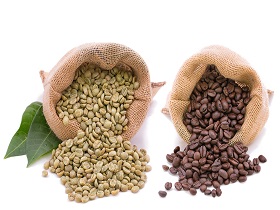
Arabica Coffee
| Moisture: | 13.0% Max. |
|---|---|
| Admixture: | 1.0% Max. |
| Broken beans: | 5.0% Max. |
| Black beans: | 5.0% Max. |
| Screen 13: | 90% Min. |
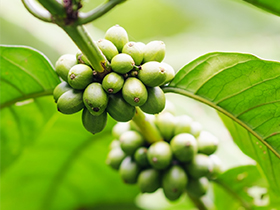
Robusta Coffee
| Moisture: | 13.0% Max. |
|---|---|
| Foreign matter: | 0.5% Max. |
| Broken beans: | 5.0% Max. |
| Black beans: | 5.0% Max. |
| Screen 13: | 90% Min. |
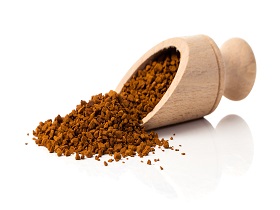
Soluble Coffee
| Moisture: | 13.5% Max. |
|---|---|
| Ash Content: | 15% Max. |
| Caffeine Content: | 2.8% Min. |
| Solubility in Boiling Water: | 30s Moderate Stirring |
| Solubility in Cold Water: | 3min Moderate Stirring |
Brazilian Coffee Export
Conditions
- Contract time: 12 to 60 months
- Departure: Port of Santos or other brazilian port
- Packaging: 50 KG bags
- Minimum: 12.500 MT and multiple
To request a quote:
- 1. Type of Coffee
- 2. Monthly Amount of MT
- 3. Contract Time (if not SPOT)
- 4. Country of Destination and Port
Essential documents to start trading commodities:
With your target price in hands or right after receiving and accepting the informed price of the commodity by seller, please, send us:
LOI with all this information: 1) Product 2) Product Specification 3) Country and Port of destination (If not FOB) 4) Quantity (in MT) 5) Time of Contract (if not SPOT) 6) Packaging (pack specification or bulk) 7) Other Mandatory Procedures 8) Target or accepted price 9) Payment Alternative (SBLC, DLC and other payment specifications) 10) Other details and requeriments 11) TOP 50 Bank Information (Bank, Address, Account Number, Holder and Bank contact) 12) Date, Address and Stamp of the purchasing company and director name and signature.
ICPO: The same information request for a LOI plus Proof of Funds (RWA or BCL).
Our team of buying and selling brazilian coffee is ready to serve you!
For more information on buying or selling Brazilian Coffee or for asking for Buying Sourcing Services, Buyers Agent Services or for electing a Representative Buyer of foreign Trading Companies for Brazil.











